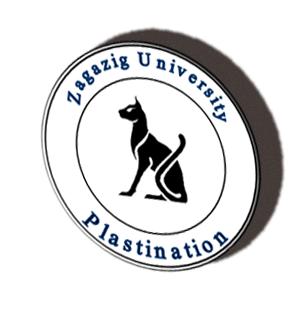

 |
 |
|
International Symposium on Plastination 07/21/07 |
| brochure | |||
|
|
Lecture 1
History of Plastination
M.-C. SORA*, Plastination Laboratory, Department for Systematical Anatomy, Centre for Anatomy and Cell Biology, The Medical University of Vienna, Austria, Europe.
Plastination has been developed for teaching as well as for research. Back in 1977, at the Department of Anatomy of Heidelberg University, Dr. von Hagens invented Plastination as a groundbreaking technology for preserving anatomical specimens with reactive polymers. The process was patented between 1978 and 1982. This method has proved to be the superior method for preservation of gross specimen. The first conference on Plastination was held in San Antonio Texas in 1982. Since then Plastinators from all over the world meet every even year for an international conference. Interim meetings, which are primarily workshop based and usually take place in the USA, were started in 1989 in Knoxville, Tennessee. Vienna was the first place to introduce this new method in the late 70ies. Nowadays the method is applied in more than 250 institutes for Human Anatomy, Veterinary Anatomy, Clinical Pathology, Biology and Zoology worldwide. The International Society for Plastination was founded in 1986; the first issue of Journal of the International Society of Plastination appeared in 1987. In 1996 the first issue of the Current Plastination Index - an index listing all publication dealing with Plastination - was issued and updated in 2000. Optical properties - opaque or transparent - and mechanical properties - smooth, flexible or hard - can be chosen by appropriate composition of Plastination resins. Plastination allows for preservation of specimen with completely visible surface and high durability. Plastinated specimen are odorless, not toxic and mechanically resistant to a high degree. Plastination is a procedure, during which water and fat of gross specimen are replaced by a polymerisable resin. In the past years the use of plastinated slices has become an interesting research tool. Thin plastinated slices are essential if the histology, or morphometrical investigations are to be studied on plastinated slices, or if 3D reconstruction is desired. Histological examination can be performed up to a magnification of 40X. The major advantage of this method is that the structures remain intact and the decalcifying of bony tissue is not necessary. |
||

This site was last updated 08/10/06